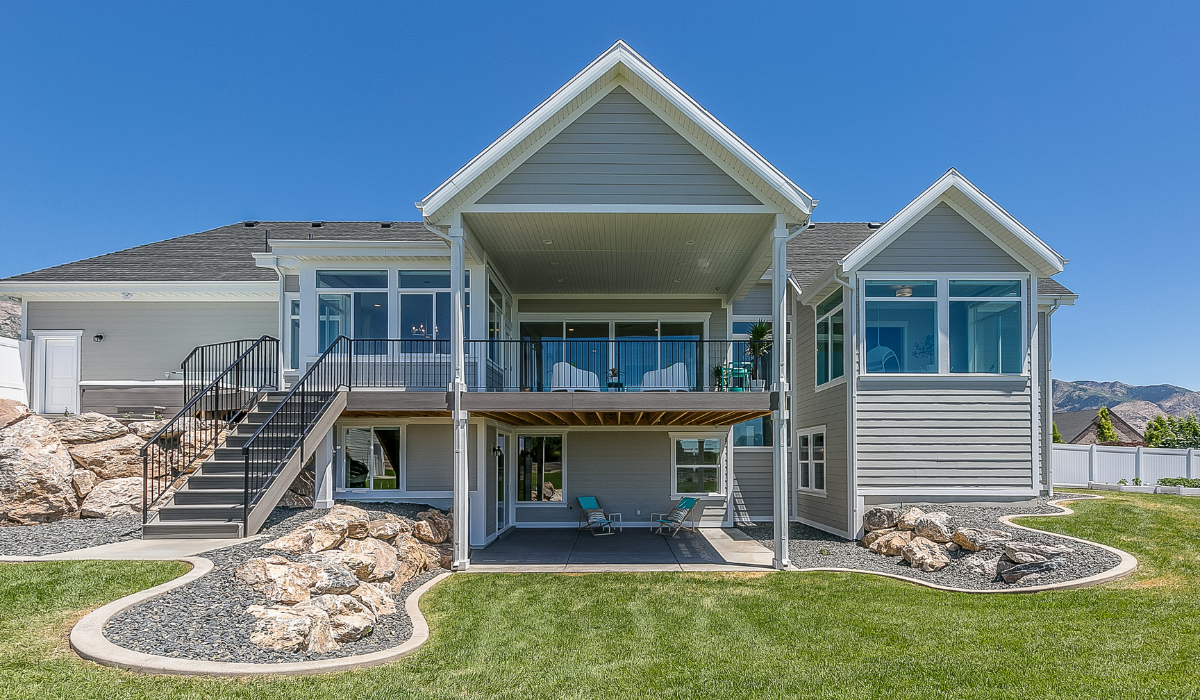New Construction vs. Existing Homes: Pros, Cons, and How to Choose
One of the most frequent decisions faced by prospective homeowners is whether to buy a newly built home or an old one. Both solutions have significant benefits and drawbacks, so picking one depends on your personal tastes, your financial situation, and your long-term objectives. We will examine the advantages and disadvantages of new construction and existing homes in this comprehensive guide, assisting you in making a decision that is in line with your needs and goals.
Customization:

Customization of various components of the property is one of the main benefits of newly built homes. You have the chance to design a house that reflects your distinct tastes and way of life by picking everything from the floor plan and architectural style to the finishes, fixtures, and appliances.
Modern Amenities and Energy Efficiency:
New homes frequently have the newest amenities and energy-saving features. These can include energy-efficient appliances, improved heating and cooling systems, smart house technology, and environmentally friendly building materials. These elements contribute to lower utility bills and a smaller environmental impact while also enhancing your comfort and convenience.
Guarantee and Less Maintenance:
Purchasing a newly constructed home typically includes a guarantee that covers significant structural flaws. This provides you comfort in knowing that the builder will take care of any potential problems. Furthermore, because everything is brand-new, you should only anticipate minor maintenance and repairs throughout the first few years of possession.
Modern Architecture:
Newly constructed homes frequently feature modern architecture and open floor plans that suit current lifestyles. They frequently have enormous kitchens, lots of storage, bigger closets, and well-planned living areas. These components provide the property a sense of luxury and utility that could be more difficult to find in older homes.
Cons of newly built homes

Costlier:
Compared to existing homes, newly built residences typically have a higher price tag. The price can be considerably influenced by elements including location, builder reputation, customization possibilities, and material quality. Budget-conscious buyers might have to forgo some features or choose a smaller property in a less attractive neighborhood.
Limited Location Options:
New construction houses are frequently developed in planned communities or developing neighborhoods, which may offer few options for established infrastructure, services, and schools. An existing home in an established neighborhood can be a better option for you if you like a more established neighborhood with mature trees, charm, and a sense of community.
Delays in construction and unforeseen problems:
Multiple parties and procedures are involved in building a new home, which might cause delays or unforeseen difficulties. The construction schedule may be extended by adverse weather conditions, problems with the supply chain, or problems with permits and inspections. When choosing a new building, it’s critical to have reasonable expectations and make accommodations for unexpected delays.
Advantages of existing homes
Existing homes are frequently found in established neighborhoods with a long history, mature landscaping, and a strong feeling of community. They might provide distinctive architectural designs, character-rich features, and a charm that is challenging to reproduce in newly built homes.
Immediate Move-In:
Existing homes are available for occupation right away, unlike newly constructed homes, which must be waited for to be finished. People with urgent home needs or those who would rather skip the construction process will particularly benefit from this.
The art of haggling and price flexibility The price of an existing home is frequently up to negotiation. Particularly if the property has been on the market for some time, sellers can be more open to accepting offers that are less than the asking price. You might be able to save money or take advantage of the opportunity to invest in upgrades and renovations as a result.
Existing homes are often located in areas with well-established infrastructure, such as neighborhoods with schools, parks, shopping complexes, and transportation alternatives. Families with particular needs or people who value accessibility and convenience may find this useful.
Problems with Existing Homes

Potential Upkeep and Repair Costs:
Compared to new construction, older homes could need more frequent upkeep and repairs. troubles like plumbing leaks, electrical troubles, or antiquated HVAC systems may occur when systems and components get older. When purchasing an existing property, it’s crucial to budget for prospective costs associated with home maintenance and upgrades.
Limited personalization:
Compared to newly built homes, existing residences have few opportunities for personalization. Updates and improvements are conceivable, but they can be expensive and time-consuming. A pre-existing home could not satisfy your need for complete control over the style and layout of your home.
Modern amenities and energy-efficient technologies may not be present in older homes. To increase energy efficiency and save utility expenses, they might need to upgrade their insulation, windows, or appliances. Making an informed decision requires evaluating the home’s energy efficiency and prospective restoration requirements.
Choosing between newly built homes and existing ones:

Establish Your Priorities Think about your lifestyle, tastes, and long-term objectives. Decide which features of homeownership, such as customization, location, affordability, maintenance, or energy efficiency, are most important to you.